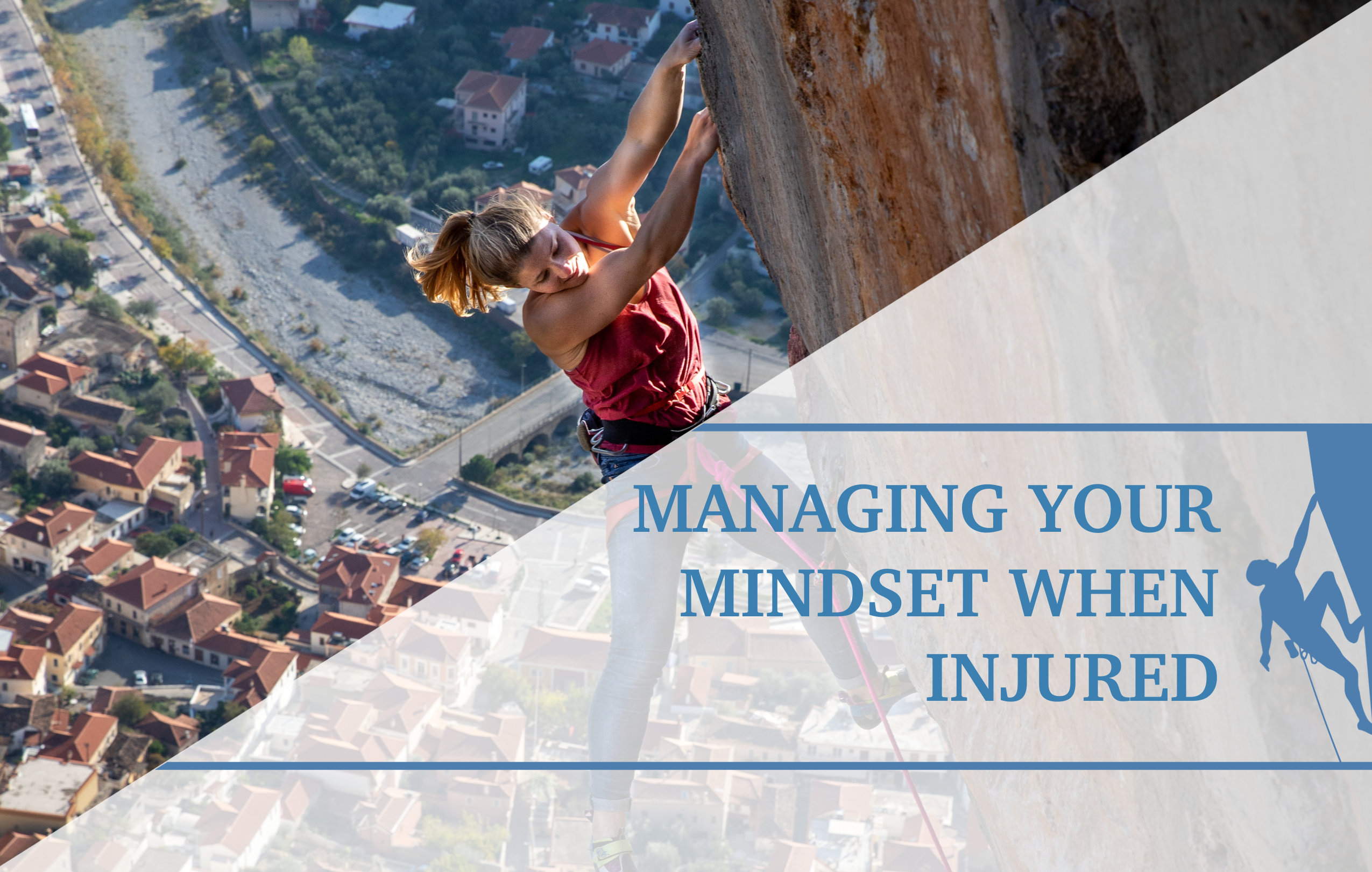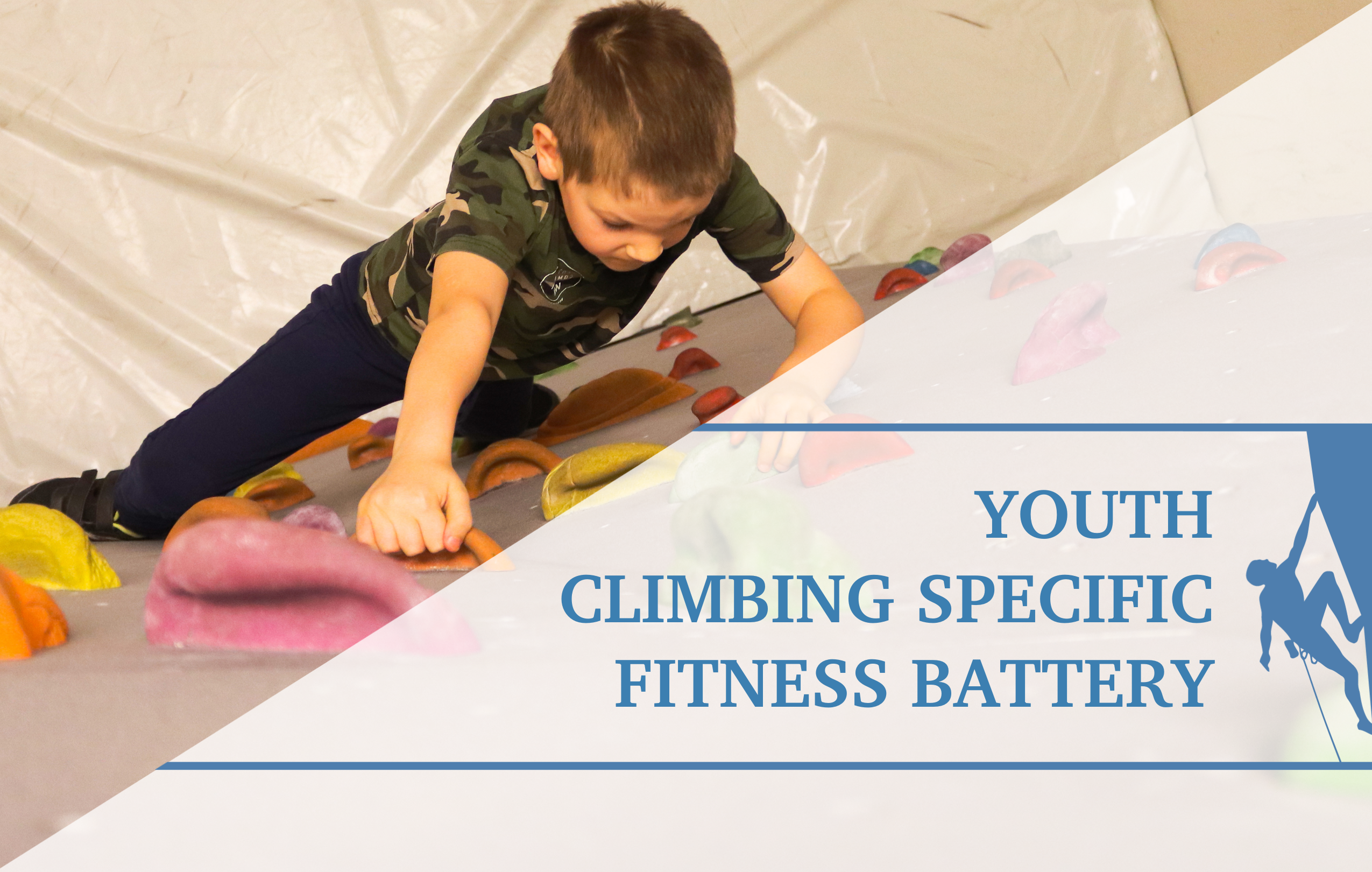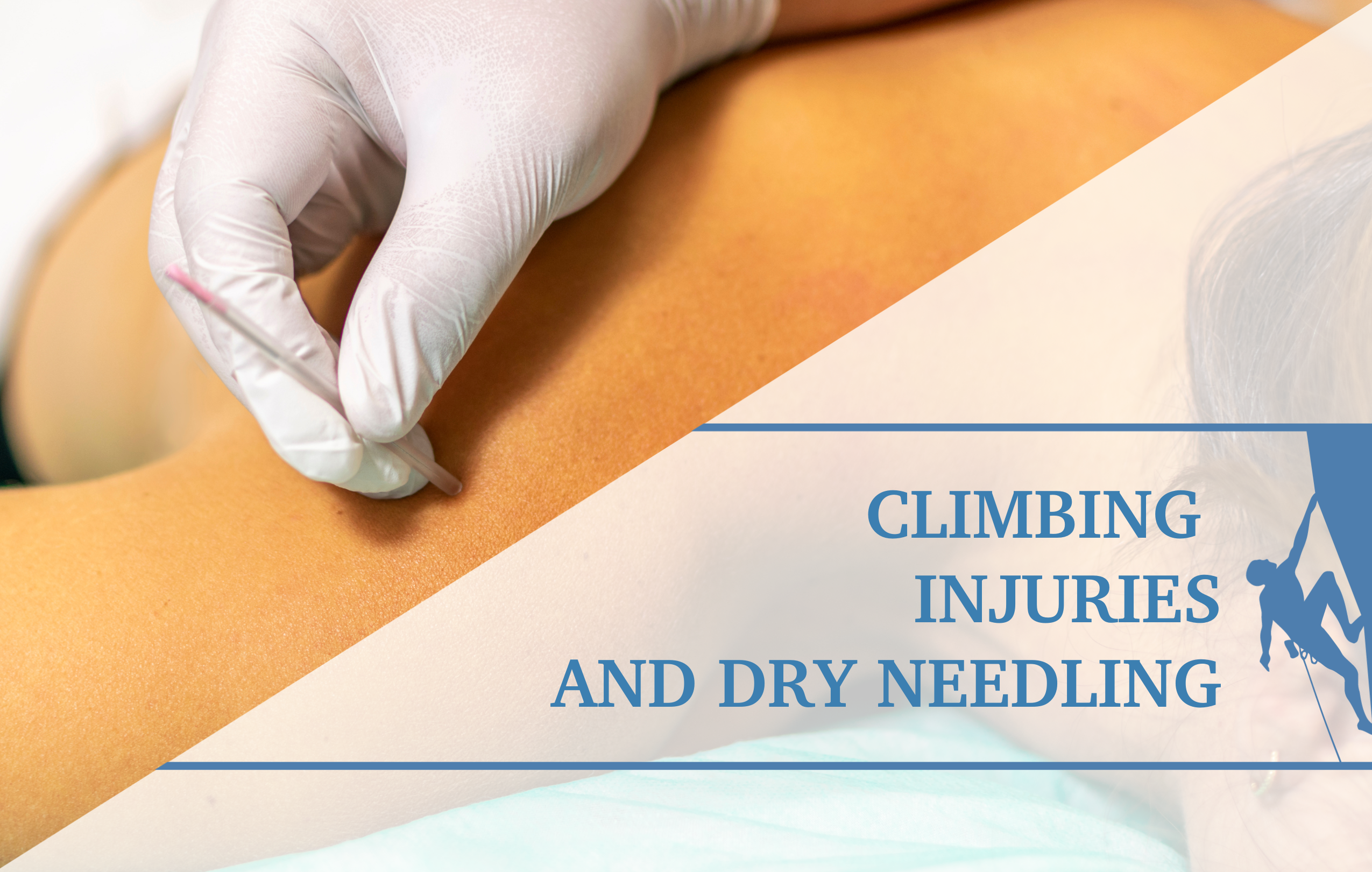Lower Body Strength for High Stepping and Edging
Two climbing moves that require significant amounts of lower body strength and conditioning are high stepping and edging.
- High step: raising one foot as high as possible to gain purchase on a hold, allowing you to shift your weight and maintain balance.
- Edging: a specific technique used to gain traction and support on small footholds. The front or outer edge of a climbing shoes presses against the edge of the foothold. This allows them body weight to transfer onto the foothold more effectively, creating enough friction to prevent slipping.
Strengthening and conditioning the foot, ankle, and lower leg not only will enhance your ability to execute high steps and edge effectively, but can also reduce the risk of injuries associated with overstraining or overloading the crucial lower body muscles and tendons that are needed to perform the techniques.
This article will focus on several lower body exercises that will help improve your lower body strength for high stepping and edging.
High Step Strength
Duplicating movement off the wall is a great way to gain strength needed to execute a move. In this Instagram reel, we take high stepping off the wall and into our training routine using a box or stool and TRX straps or rings. This targeted exercise focuses on developing the essential strength and flexibility required to execute high steps by simulating the movement and balance required in high-stepping maneuvers during climbing. This exercise primarily engages the calf muscles, specifically the gastrocnemius and soleus, which play a key role in lifting the body weight and controlling foot placement. Additionally, it activates the muscles in the hips and core, crucial for maintaining stability and control while executing high steps. Regularly incorporating this exercise into your climbing training routine will not only enhance your footwork precision but also provide a solid foundation for routes with heightened agility and strength.
To perform this exercise:
- Using a secure box or stool and TRX straps or rings, step up onto the platform with just your toes while pulling with your arms.
- Remember to keep safety a top priority by ensuring your equipment is properly secured and stable. The higher the box and the less you pull, the harder the movement becomes.
Overhead Calf Raises
Calves are important for overall high stepping, however, it is also an important muscle involved in edging. High stepping and edging are two fundamental climbing techniques that go hand in hand, as precise foot placements and controlled weight shifts are essential for some routes. Calf raises are a highly effective and straightforward exercise that can significantly enhance the strength and performance of your calves, directly impacting your footwork and edging abilities in rock climbing. With calf raises, you specifically target and strengthen your gastrocnemius and soleus muscles—the key players engaged during edging maneuvers. Building strength in these muscles not only improves your ability to execute high steps but also enhances your overall footwork precision and stability on various footholds.
How to:
- Start standing with your feet hips distance apart.
- Use a wall to help maintain your balance if necessary.
- Push your heel off the ground while keeping your weight on your big toe.
- Raise your arms overhead to simulate a climbing-specific position.
By raising your arms overhead during calf raises, you simulate the movement of climbing, adding a functional element to the exercise. Moreover, incorporating the pressing action into your big toe and little toe while performing calf raises offers a dual benefit—strengthening the muscles necessary for inside and outside edging techniques.
Achilles Heel Exercises
Brought to us by Kaile Sauro, PT, DPT, we will now be introducing exercises that target calf strength.
To begin, set up a knee extension machine and find a chair and an exercise step. Adjust the arm on the knee extension machine so that it is parallel to the ground. Position the ball of your foot on the edge of the step and ensure there is some resting tension on your leg from the machine. Push through the ball of your foot to lift the machine, engaging your Achilles tendon and calves, then slowly lower your heel below the edge of the step.
Incorporating these exercises into your training regimen will not only improve your high stepping and edging techniques but also provide the necessary conditioning for your Achilles tendon and calves, promoting better climbing performance and reducing the risk of injuries in these critical areas.
Dirtbag Tip: Foot Maintenance
Lastly, we will be using one of our Instagram Dirtbag Tips to introduce several different exercises to strengthen the foot and ankle muscles for climbing. As discussed above, toe placement is heavily involved in calf exercises and is also essential for edging on holds. There are muscles originating in the calf region responsible for controlling foot and toe movements through long tendons; these are known as extrinsic muscles. Additionally, there are smaller muscles within the foot itself, called intrinsic muscles, which begin and end within the foot. The coorindation of both these muscle groups is essential for achieving optimal balance, ankle stability, and lower body strength. In our Dirtbag Tip, we have several exercises to share that only require your feet and a rope.
Exercise 1: Resisted Eversion
- Tie one end of a rope into a figure 8 on a bite
- While sitting, place the bite around one foot while holding the other end of the rope in one hand, using your other foot for added resistance and stability for the direction of the rope
- While flexing the foot, turn your foot out, thinking of trying to touch your pinky toe to the floor
Exercise 2: Resisted Inversion
- Following the same protocol as Exercise 1, simply change the direction of the working foot, thinking of trying to touch the big toe to the floor.
Exercise 3: Single Leg Heel Raises (No Rope Needed)
- Start standing on one leg, using a chair or wall for support if needed
- Perform a heel raise, keeping weight in big toe
Exercise 4: Big Toe Extension (No Rope Needed)
- Start standing with feet flat against the floor
- Isolate big toe and lift upwards
- Use your hand to hold down little toes if needed
Exercise 5: Small Toe Extension (No Rope Needed)
- Start standing with feet flat against the floor
- Raise little toes upwards, leaving the big toe on the floor
- Use your hand to hold down big toe if needed
Exercise 6: Toe Splay (No Rope Needed)
- Start standing with feet flat against the floor
- Spread little toes away from big toe
- Use your hand to hold down big toe if needed
Exercise 7: Arch Lifts (No Rope Needed)
- Start standing with feet flat against the floor
- Using a downward pressing motion, keeping toes and heel on the floor, raise arch of the foot off the ground
All these exercises are displayed on our Instagram page @theclimbingdoctor for visual examples and below. Once you’re done, you can use your rope to give yourself a foot massage by standing on it and moving around!
Lower Body Strength Is Important for Rock Climbing
In conclusion, strengthening the calf muscles, Achilles tendon, and toes proves to be immensely advantageous for climbers looking to enhance their high-stepping and edging capabilities. These exercises specifically target the crucial muscle groups responsible for maintaining balance, stability, and control during climbing maneuvers. The fortified calf muscles and Achilles tendon enable climbers to execute high steps with ease, efficiently transferring body weight and finding secure footholds even in challenging positions. Additionally, the strengthened toes play a significant role in achieving precise edging on narrow holds, providing the necessary grip and control to high step on holds and navigate routes. By incorporating these targeted exercises into their training routines, climbers can develop the lower body strength and flexibility.
- Disclaimer – The content here is designed for information & education purposes only and the content is not intended for medical advice.




